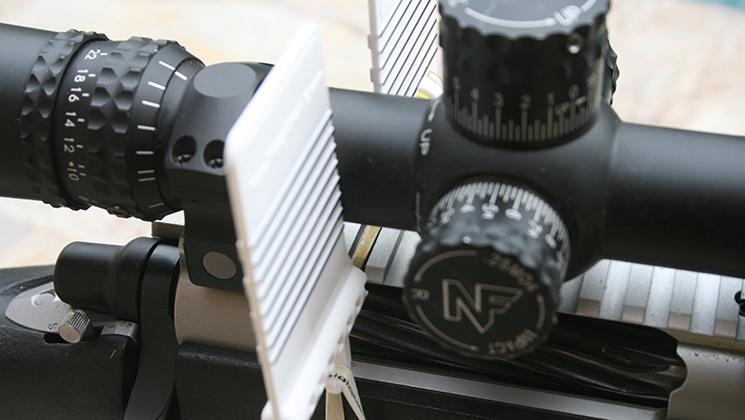J E Custom
Well-Known Member
Everyone must realize that the rifle "and" the scope must be level to each other. The line of bore and the line of site form a triangle and the hypotenuse must be vertical to the line of bore (The base of the triangle) this triangle Must be vertical to avoid error. If ether one is not level with the other. The whole exercise is a wast of time.
When setting up a scope level you must first level the rifle. (The guide rails are one of the ways to get the rifle level) Then level the recital Optically, or with a plum line, And then install the scope level and verify that the other levels are still correct and set the scope level. the scope level should be the last to set.
Then if you wan't go one step farther, go to the range and fire a 3 shot group at a vertical line at 100 yards and adjust the recital for 200, 300, 400, 500, 600 and so on firing 3 shots and aiming at the same point of aim. find the center of each group and draw a line through the center and if it is not vertical it will be an indication that something is not right.
Don't forget Spin Drift will effect the windage depending on the right or left hand barrel twist. But it will have little effect at closer distances. 600 to 1000 yards+ it will become obvious. (A good rule of thumb is about 1 MOA at 1000 yards.
J E CUSTOM
When setting up a scope level you must first level the rifle. (The guide rails are one of the ways to get the rifle level) Then level the recital Optically, or with a plum line, And then install the scope level and verify that the other levels are still correct and set the scope level. the scope level should be the last to set.
Then if you wan't go one step farther, go to the range and fire a 3 shot group at a vertical line at 100 yards and adjust the recital for 200, 300, 400, 500, 600 and so on firing 3 shots and aiming at the same point of aim. find the center of each group and draw a line through the center and if it is not vertical it will be an indication that something is not right.
Don't forget Spin Drift will effect the windage depending on the right or left hand barrel twist. But it will have little effect at closer distances. 600 to 1000 yards+ it will become obvious. (A good rule of thumb is about 1 MOA at 1000 yards.
J E CUSTOM




